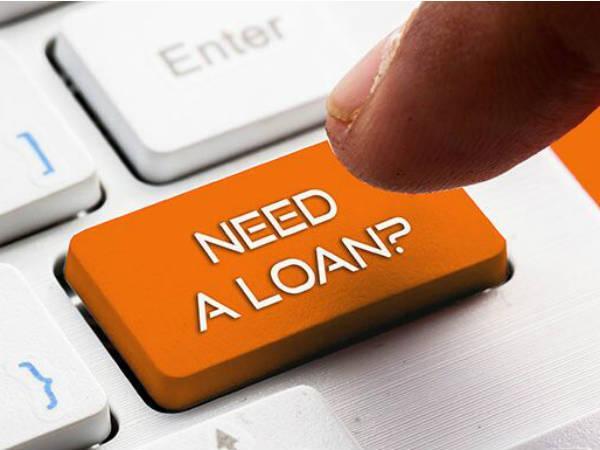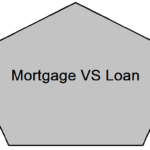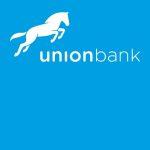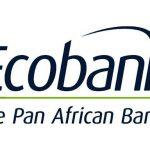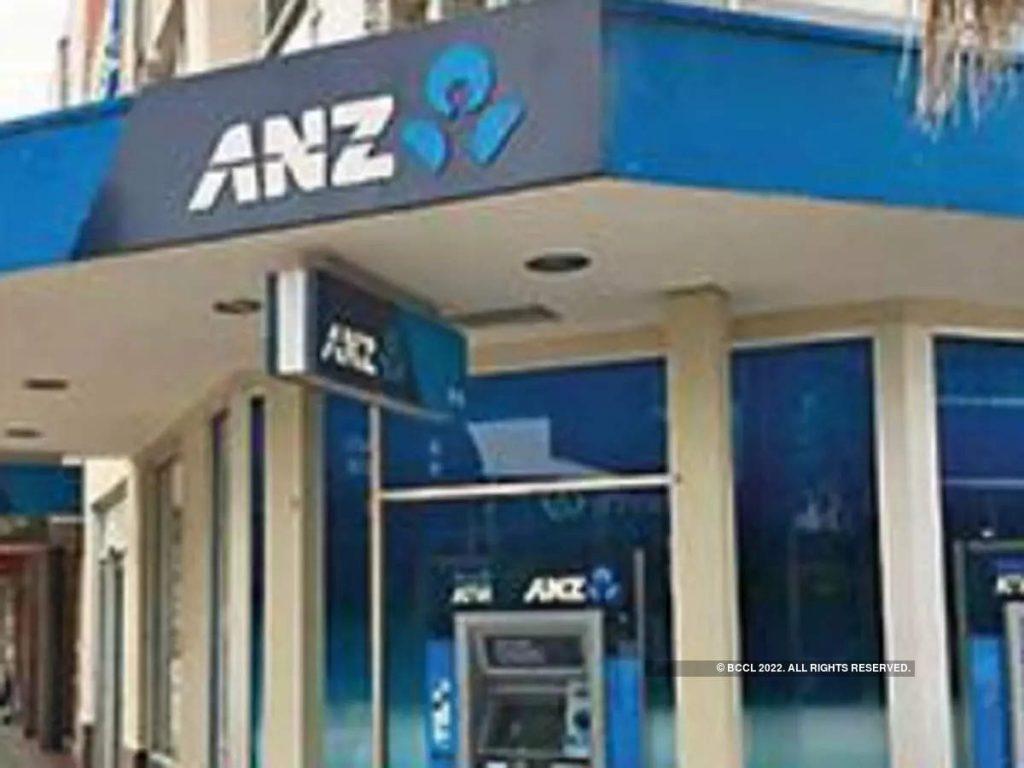Last Updated on December 22, 2024 by admin
When it comes to borrowing money, there are two main types of loans: secured loans and unsecured loans. The key difference between these loan types is whether or not collateral is involved, which serves as protection for the lender in case the borrower defaults.
Secured loans require the borrower to pledge collateral, such as a property or vehicle. If the borrower fails to repay the loan, the lender can seize and sell the collateral to recover their losses. This added security allows lenders to offer lower interest rates and higher borrowing limits.
In contrast, unsecured loans are based solely on the borrower’s creditworthiness and a promise to repay. Since there is no asset backing the loan, lenders face greater risks in the event of default.
Both secured and unsecured loans come with their own advantages and disadvantages, depending on your financial situation and needs. Understanding these fundamental differences will help you make an informed decision when considering borrowing money for various purposes, such as buying a home or funding education expenses.
While loans can be beneficial for expanding your business or increasing cash flow, it’s crucial to consider loan installments, interest rates, and fees when applying for any type of loan from banks, credit unions, or online lenders.
This article will explain the differences between secured and unsecured loans in the context of loan applications and what you need to know. Grasping these distinctions is an important step toward achieving financial literacy—secured loans require collateral, while unsecured loans do not.
There are advantages and disadvantages to choosing between secured and unsecured loans.
Read; What is a personal loan review and how it work
Secured vs. Unsecured Loans
Secured and unsecured loans are two primary types of loans, each with distinct characteristics and implications:
Secured Loans:
- These loans require collateral—an asset like a house, car, or savings account that the lender can seize if you default on the loan.
- Often lower because the lender’s risk is reduced by the collateral.
- Typically larger amounts can be borrowed.
- Examples: Mortgages, auto loans, and secured personal loans.
Pros:
- More favorable terms due to reduced risk for the lender.
- Larger loan amounts are usually available.
- Easier to qualify for if you have collateral.
Cons:
- If you default, you could lose the collateral.
- Valuing and verifying the collateral can take time.
Unsecured Loans:
- These loans do not require collateral; they are backed only by the borrower’s creditworthiness.
- Generally higher due to increased risk for the lender.
- Typically smaller amounts compared to secured loans.
- Examples: Personal loans, credit cards, and student loans.
Pros:
- Your property is not at risk if you default.
- Faster processing time since no collateral needs to be valued.
- Can be used for a variety of purposes without specific requirements.
Cons:
- Rates are usually higher to compensate for the lack of collateral.
- Lenders may require higher credit scores and solid income.
Choosing between secured and unsecured loans depends on your financial situation, the purpose of the loan, and your willingness to use collateral. Both have their own benefits and drawbacks, so it’s important to carefully consider your options.
You can also read: Six different types of car insurance Coverage to protect against losses
There are yardsticks used to assess a borrower’s ability to repay the debt, and can include the borrower’s situation as well as general economic factors which include:
1. Character – can include credit score, employment history, and references
2. Capacity – income and current debt
3. Capital – money in savings or investment accounts
4. Collateral – personal assets offered as collateral, like a home or car
5. Conditions – the terms of the loan
Our topic will be on Unsecured Loan and secured Loan ,Types and how they work.
Also read: How to get Tesco bank Loan and requirements
1. Unsecured loan
Unsecured loans are a widely used financial product that do not require any collateral, making them appealing to many borrowers. Unlike secured loans, which are backed by assets like homes or cars, unsecured loans depend mainly on the borrower’s creditworthiness. This key difference influences the risks and benefits associated with these loans, as well as the eligibility criteria established by lenders.
Unsecured loans allow borrowers to access funds without needing to provide collateral, making them an important option in personal finance. The application and approval process for unsecured loans is typically faster and simpler than that of secured loans. A major benefit of unsecured loans is their flexibility; they can be utilized for a range of purposes, including debt consolidation, home renovations, education costs, and more.
Since unsecured loans don’t require collateral, borrowers don’t risk losing their assets if they default. However, lenders take on more risk with these loans, which often results in higher interest rates compared to secured loans. Those with poor credit or limited income may find it more difficult to obtain unsecured loans or secure favorable terms..
The lack of collateral in unsecured loans means higher risk for lenders, which affects the terms they offer to borrowers. Consequently, unsecured loans usually come with higher interest rates than secured loans. However, they also provide certain benefits, such as quicker access to funds and more flexibility in how the money can be utilized. Borrowers do not risk losing specific assets if they default, although there are still serious repercussions for failing to make payments.
An unsecured loan to an individual may carry astronomical interest rates because of the high risk of default, while government-issued Treasury bills (another common type of unsecured debt instrument)
Examples of Unsecured Loans
1.Credit Cards
2.Personal (Signature) Loans
3.Personal Lines of Credit
4.Student Loans
2. Secured loan
Secured loans require borrowers to provide collateral, like a property or asset, to back the loan. This collateral lowers the lender’s risk, which can lead to lower interest rates and larger loan amounts. One of the benefits of secured loans is that they are often accessible to individuals with lower credit scores. They also tend to have lower interest rates because the risk for lenders is reduced. However, it’s important for borrowers to weigh the potential downsides before choosing a secured loan.
Secured loans give lenders collateral, which minimizes their financial risk and increases the chances of approval for those with poor credit ratings. These loans often come with longer repayment terms, allowing borrowers to spread their payments over a more extended period. Moreover, secured loans usually have lower interest rates compared to unsecured loans, making them a more economical choice for borrowing
Unlike unsecured loans, secured loans require collateral to protect lenders in case the borrower defaults. This added security enables lower interest rates, which can lead to reduced borrowing costs and potential savings over time. However, a significant downside of secured loans is the risk of losing the asset used as collateral if the borrower fails to meet repayment obligations. Lenders have the right to repossess or foreclose on the collateral to recover their investment if payments are missed.
Secured loans are a common method for borrowing large sums of money since the borrower provides security during the loan application process. Lenders are more willing to offer substantial amounts with the assurance that they will be repaid. Putting your home at stake is a strong incentive to ensure that you repay the loan..
Obtaining a secured loan is generally easier because it poses less risk to the lender. If you have a poor credit history or are in the process of rebuilding your credit, using an asset like your home or car as collateral can be beneficial. The potential loss of your home or car serves as a powerful motivator to repay the loan and avoid repossession or foreclosure.
A secured loan means you are providing security that your loan will be repaid. The risk is if you can’t repay a secured loan, the lender can sell your collateral to pay off the loan.
Read: Homeowner Insurance and How does it work?
Example of secure loan
1.Loan against property
2.Home equity line of credit
3. Car loan
4.mortgages
5. Auto loans
For example of secure loan, a home mortgage lender often requires the borrower to take out homeowner’s insurance. By protecting the property, the policy secures the asset’s worth for the lender
Secured Loans:
Q: What is a secured loan?
A: A secured loan is a type of loan that requires collateral, such as a house, car, or savings account, to secure the loan. If the borrower defaults, the lender can seize the collateral.
Q: What are the benefits of secured loans?
A: Secured loans often come with lower interest rates, higher borrowing limits, and easier approval because the lender’s risk is reduced by the collateral.
Q: What are the risks of secured loans?
A: The main risk is that if you default on the loan, you could lose the asset you used as collateral.
Q: What types of loans are typically secured?
A: Mortgages, auto loans, and some personal loans are commonly secured loans.
Unsecured Loans:
Q: What is an unsecured loan?
A: An unsecured loan does not require collateral. Approval is based on the borrower’s creditworthiness and ability to repay.
Q: What are the benefits of unsecured loans?
A: Unsecured loans pose no risk to personal assets and often have quicker approval times. They are also flexible and can be used for various purposes.
Q: What are the drawbacks of unsecured loans?
A: They generally come with higher interest rates and stricter qualification requirements because they pose a higher risk to lenders.
Q: What types of loans are typically unsecured?
A: Personal loans, credit cards, and student loans are examples of unsecured loans.
General Questions:
Q: How do I decide between a secured and an unsecured loan?
A: Consider your financial situation, the purpose of the loan, your willingness to use collateral, and your creditworthiness. Secured loans are better for lower rates and higher amounts, while unsecured loans are suitable for quicker and flexible funding without risking assets.
Q: Can I convert an unsecured loan into a secured loan?
A: Generally, you cannot convert an unsecured loan into a secured loan. However, you might be able to take out a new secured loan to pay off the unsecured loan.
Q: How do interest rates compare between secured and unsecured loans?
A: Secured loans typically have lower interest rates because they are less risky for lenders, whereas unsecured loans have higher rates due to the lack of collateral.
Conclusion:
The primary difference between secured and unsecured debt is the presence or absence of collateral—something used as security against non-repayment of the loan.
